- Home
- Planning Continued
- Project Planning Software
Project Planning Software
Published: 2009-07-26
Last updated: 2022-03-20
There are many project planning software packages available. In this sub-section, we describe basic features and functionality any package should have, from a practical point of view. Project planning tools in their wider sense is what we are presenting in section Project Planning; in its narrower sense, it is about planning software, or software supporting the project planning process.
I think the best way to explain what features or functionality software for project planning must or should have is to show how we would apply such a software package when following the planning process as outlined in the section Project Planning.
Software to build the PBS and WBS
The project we want to plan shall have a well-defined result, the product. For that, we need to set up the product breakdown structure (PBS). In your organization, you will have a certain software application available you need to apply. If not yet available you could consider a mind mapping software package. The PBS of a project "Our New Home" could look like the following draft - for a family of four, one daughter and one son: a mind map showing tier 1, tier 2, and tier 3 of the PBS.
In the next step of planning, we create the work breakdown structure (WBS) in order to complete planning the project scope. We just continue and expand the PBS mind map into a WBS mind map. For our example, we indicate that expansion by drafting work packages for the mind map branch "Kitchen".
Now you see work packages, each one consisting of a verb and an object.
Step 3 of our project planning process requires the estimation of the effort and duration of each one of the work packages. If possible we combine this step with a risk analysis.
If we want to use project planning software for that we would highly appreciate it to be able to read the mind map and transform it into a structured list of work packages or tasks.
If you cannot rely on the combination of mind mapping and project planning software, key PBS and WBS directly into your project planner.
With this structured list of work packages, we carry out effort and duration estimation, as well as risk analysis, and fill in the results manually (we guess that comfortable manual input is a standard feature of any project planning software). The following picture of our example shows the values of duration; values of effort and others that would appear in additional columns.
Software for Scheduling
The next steps are setting up milestone plan, network diagram (the logical sequence of work packages), and Gantt chart (the project time schedule) summarized in planning the project schedule. Now it becomes clear that we need a software solution which offers the features of editing milestones, network diagram, and Gantt chart integrated into one package. In this context, "integrated" means that milestones can be entered as such and visualized in a special way, as well as network diagram and Gantt chart are equivalent representations of the same data, i.e. "one mouse click apart". Graphical editing of network diagram and Gantt chart is a nice extra that, if available, should follow the principle of what-you-see-is what-you-get (wysiwyg).
Remark: Project planning software packages that offer only input and display of the project schedule or Gantt chart we call "project scheduling software" or "Gantt chart software". Some of these packages are available at cost $0 (zero); however, their added value for project planning is much too limited to consider them seriously for planning of real life projects.
For our example we would obtain results like this:
The network diagram shows the critical path, while the Gantt chart displays duration, start and end dates, predecessors (logical dependency), and a bar relative to the time line of each work package. We set the milestone "start kitchen" to August 03, and the software calculates the date for milestone "kitchen complete" to August 26.
In case some of the calculated dates do not match our requirements we need to be able to edit and optimize network diagram and Gantt chart. This indicates important applications of project planning software in general: First, we use it to simulate the duration and cost of the project or a certain sub-project by varying the logical sequence and other parameters like resources, workloads of resources, etc. Second, we use it to analyze and optimize the critical path and / or project cost. Therefore, our favorite planning software package lets us also key in resources, their workload or utilization levels, their costs as well as fixed costs for material so that we can play around with these parameters for simulating and optimizing project duration and costs.
It is convenient to key in resources, i.e. assign resources on a task-by-task basis, and then use a table-like format for the input of workload levels, hourly rates, etc. which prepares planning the project costs. The following pictures show the results of our example.
(Note: Workload levels of 100% are not realistic unless travel times and times for setting up the work place, etc. are included in effort estimation.)
After having done all this input, the software of our choice should be able to calculate and display essential results for further analysis and optimization:
- Milestone plan
- Network diagram
- Gantt chart
- Critical path
- Critical work packages
- Start and end dates of each work package and of each summary of work packages
- Cost of each work package
- Accumulated project cost
For project "Our New Home", sub-project "Kitchen", we show just a small selection of evaluations: accumulated work and accumulated cost, combined in one table, calculated on a weekly basis:
Finally, with some extra copy / paste activity, we obtain the accumulated cost chart for our new kitchen (material cost of kitchen appliances not included).
From the above, we summarize features or functionalities of project planning software which are mandatory, nice to have or just possible.
Mandatory Features
- Comfortable manual input
- Features of editing milestones, network diagram, and Gantt chart integrated into one package
- Lets us also key in resources, their workload or utilization levels, their costs as well as fixed costs for material
- We can play around with these parameters
- Calculate and display essential results such as:
- milestone plan,
- network diagram,
- Gantt chart,
- critical path,
- critical work packages,
- start and end dates of each work package and of each summary of work packages,
- cost of each work package,
- accumulated project cost.
Optional Features
- Can read a mind map and transform it into a structured list of work packages / tasks
- Full compatibility with mind mapping software package in both directions
- Graphical editing of network diagram and Gantt chart on basis: what-you-see-is what-you-get)
Additional Functionality
Some packages come with single or multi user licenses, including the features of multi project or program management on an enterprise level; others are web based software packages that allow for project planning and controlling without installing the planning software on your computer. These packages seem to be quite viable; however, you need to consult with your organization's IT and security experts before installing and / or using them.
Project Tracking
Some project planning software packages offer functionality for project tracking and status reporting. This is quite convenient and supports project controlling activities in implementation phase. Usually, most of the provided tracking and reporting formats are not in line with the formats stipulated by our organization. Thus, we need the raw data of tracking and reporting and transfer them into our organizations' formats.
(The examples in this sub-section were set up with Microsoft Project 2003 and Microsoft Excel 2003; for their presentation here, we used edited screenshots.)
Traditional PM
Learning Path Navigation
|
|
|
Return to Project Planning Continued
Return from Project Planning Software to Home Page
|
|
|
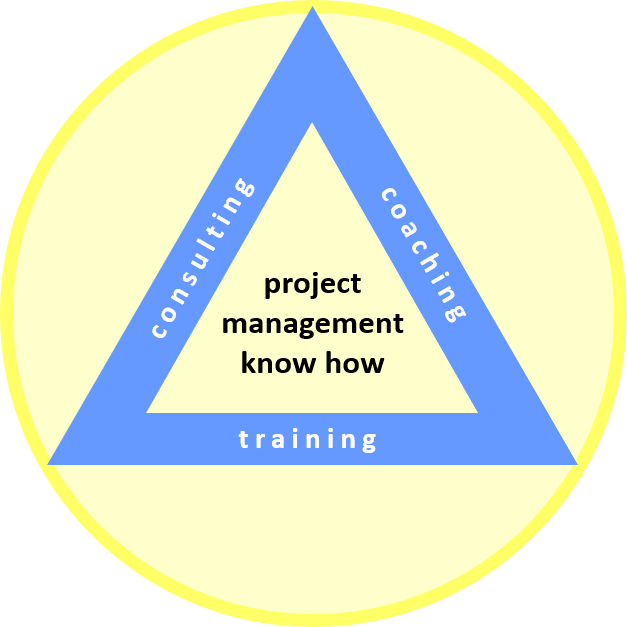

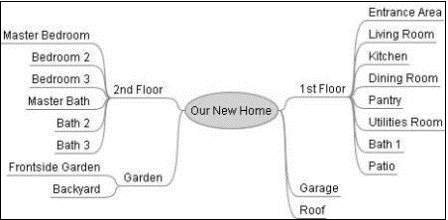
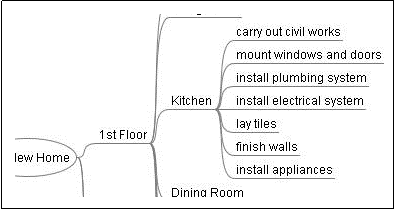
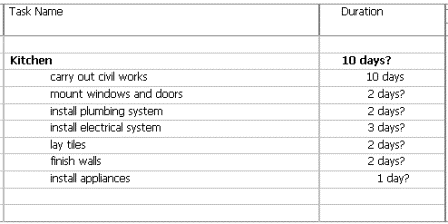
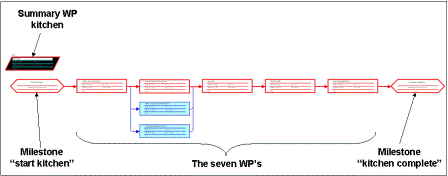
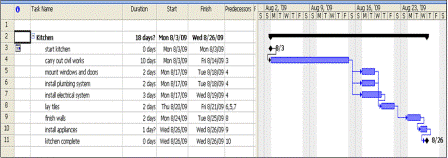
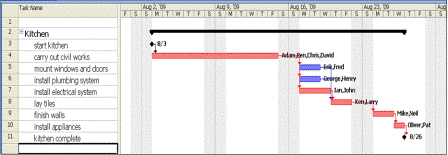
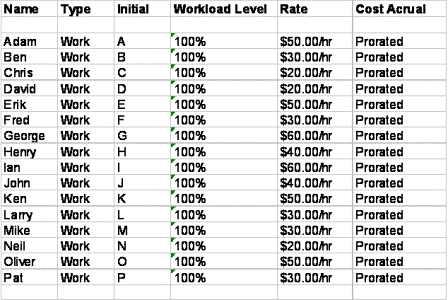
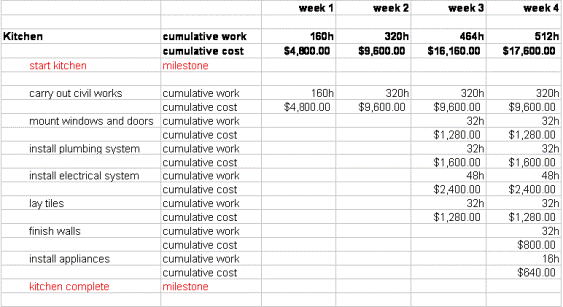
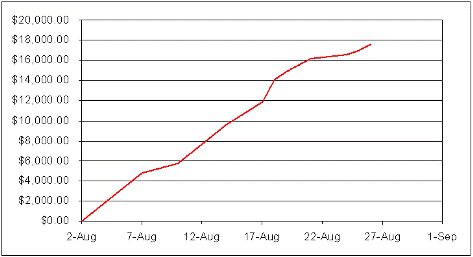
Your Comments
Have your say about what you just read! Leave me a comment in the box below.